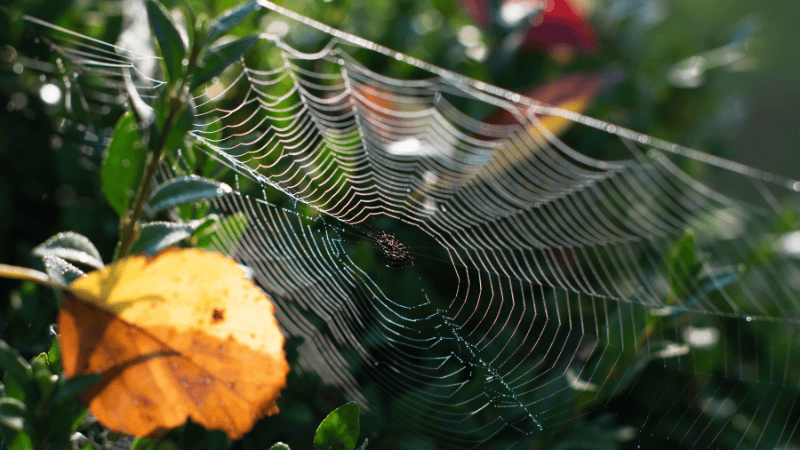What Are Murder Hornets and Should We Be Afraid?

Late last year, reports surfaced that Asian Giant Hornets, dubbed Murder Hornets by the media, invaded North America. Some of the headlines included: Murder Hornets Invade Washington State and Murder Hornets Land in the U.S.. The moniker of Murder Hornets alone is enough to get each of us to snap to attention, but is that worry warranted? Let's take a closer look at what these hornets really are and what potential dangers are posed by this species.(Source: Image courtesy of NY Times)
What Are Murder Hornets?
The Asian Giant Hornet (Vespa mandarinia) were documented in Eastern Canada and Washington state as recently as December 2019. There were four confirmed sightings of these hornets that are undeniably larger and more ornery looking than other hornet species.The queen hornets of this species are more than 2 inches long and have a wingspan of about 3 inches. They noticeably dwarf most other similar creatures. The alternating stripes of yellow and black on their abdomens seem to suggest that they have evolved to send caution signs to anyone foolish enough to stumble across them or seek them out. Beyond the striping is an enormous stinger. This large needle-like structure can deliver an enormous dose of a powerful neurotoxin and is capable of repeatedly penetrating multiple layers of protection.Asian Giant Hornets are also called by a less daunting name - Sparrow hornets (because they are closer to the size of a bird rather than a bee). They are native to East Asia. It is unclear how they arrived on the shores of Canada and the United States but most insect specialists believe it was most likely through international cargo.

Potential Threats
Now that you have an idea of what this hornet looks like, you may begin to understand the initial worry of the people living in the area where these creatures were found. With few predators, these hornets are a concern to the ecosystem. Non-native species tend to weaken ecosystems and are the second leading cause of species endangerment behind habitat loss.Sadly, one potential example of this weakening of the ecosystem is the harm these hornets could do to the honeybee population. The Asian Giant Hornet preys on honeybee hives and is a concern for the commercial honey bee industry should the species become established in North America.Aside from the ecological damage caused by this hornet there is also the potential for humans to be stung. The Asian Giant Hornet can deliver a painful sting and a large amount of venom. Thankfully, human fatalities are rare. Most deaths have occurred when a human disturbed a nest.According to University of California Riverside Entomology Research Museum Senior Scientist Doug Yanega, there really is nothing to be alarmed about yet. The creatures, while they are large have more venom than a typical honeybee, do not tend to be aggressive toward humans.Yanega is one of the country's foremost insect identification experts and he believes that although murder hornets are dominating recent headlines, there are no Asian Giant Hornets currently known to be living in the U.S. as of this writing and no lives have been lost due inspite viral claims to the contrary.If you have concerns about bees, hornets, or wasps in your yard or on your property, please give our specialists a call to safely remove and prevent future bee nestings.



